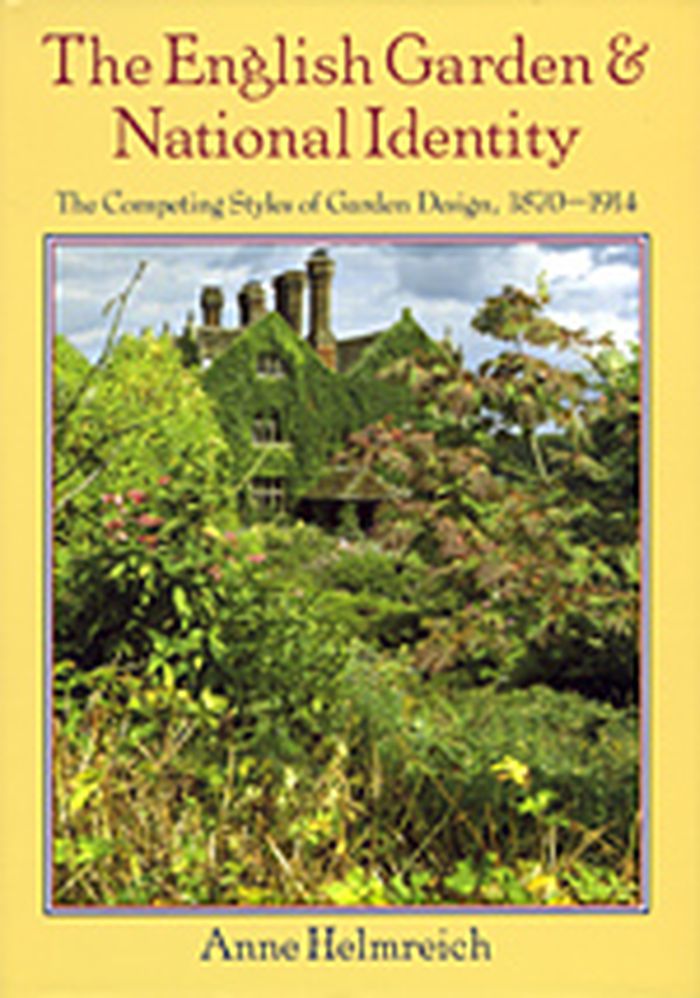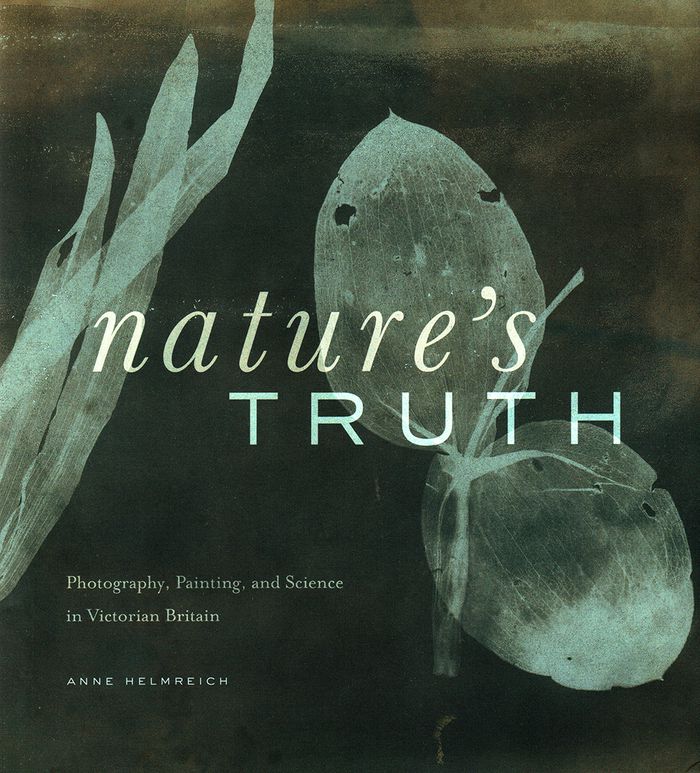$127.95
(available to order)
Summary:
This book examines the fierce debate on the styles and forms of garden design that took place in England c. 1870–1914. Focusing on the wild garden, the cottage garden, the formal garden and the synthesis of the formal and natural styles, Anne Helmreich argues that design principles and debates between designers including William Robinson, Reginald Blomfield, Gertrude(...)
The English garden & national identity : the competing styles of garden design, 1870-1914
Actions:
Price:
$127.95
(available to order)
Summary:
This book examines the fierce debate on the styles and forms of garden design that took place in England c. 1870–1914. Focusing on the wild garden, the cottage garden, the formal garden and the synthesis of the formal and natural styles, Anne Helmreich argues that design principles and debates between designers including William Robinson, Reginald Blomfield, Gertrude Jekyll, and Edwin Lutyens, were indelibly shaped by the quest for a powerful English national identity. She demonstrates how ‘Englishness’ was purportedly expressed through the leading styles of garden design and why the garden was promoted as a symbol of national identity. A wide range of cultural practices and institutions, from garden treatises, popular journals, historic preservation organizations, art exhibitions, and two world’s fairs, are investigated to reveal how the garden, as a physical artifact and as an idea, circulated widely to produce a unifying national image.
Gardens
$131.95
(available in store)
Summary:
''Truth to Nature,'' a rallying cry for those artists and critics aiming to reform art-making practices in Great Britain over the course of the nineteenth century, bound together artists as diverse as Pre-Raphaelite John Everett Millais, photographer P. H. Emerson, and bohemian modernist Augustus John. In order to understand ''truth,'' these artists turned to the rising(...)
August 2016
Nature's truth: photography, painting, and science in Victorian Britain
Actions:
Price:
$131.95
(available in store)
Summary:
''Truth to Nature,'' a rallying cry for those artists and critics aiming to reform art-making practices in Great Britain over the course of the nineteenth century, bound together artists as diverse as Pre-Raphaelite John Everett Millais, photographer P. H. Emerson, and bohemian modernist Augustus John. In order to understand ''truth,'' these artists turned to the rising disciplines of science, which offered new insights into physical phenomena, vision, and perception. Drawing on sources ranging from artists' letters to scientific treatises, ''Nature's Truth'' illuminates the dynamic relationship between art and science throughout the nineteenth century. Helmreich's study shows that this relatively short-lived movement had a profound effect on modern British art and changed conceptions of truth and the role of art in modern society.

